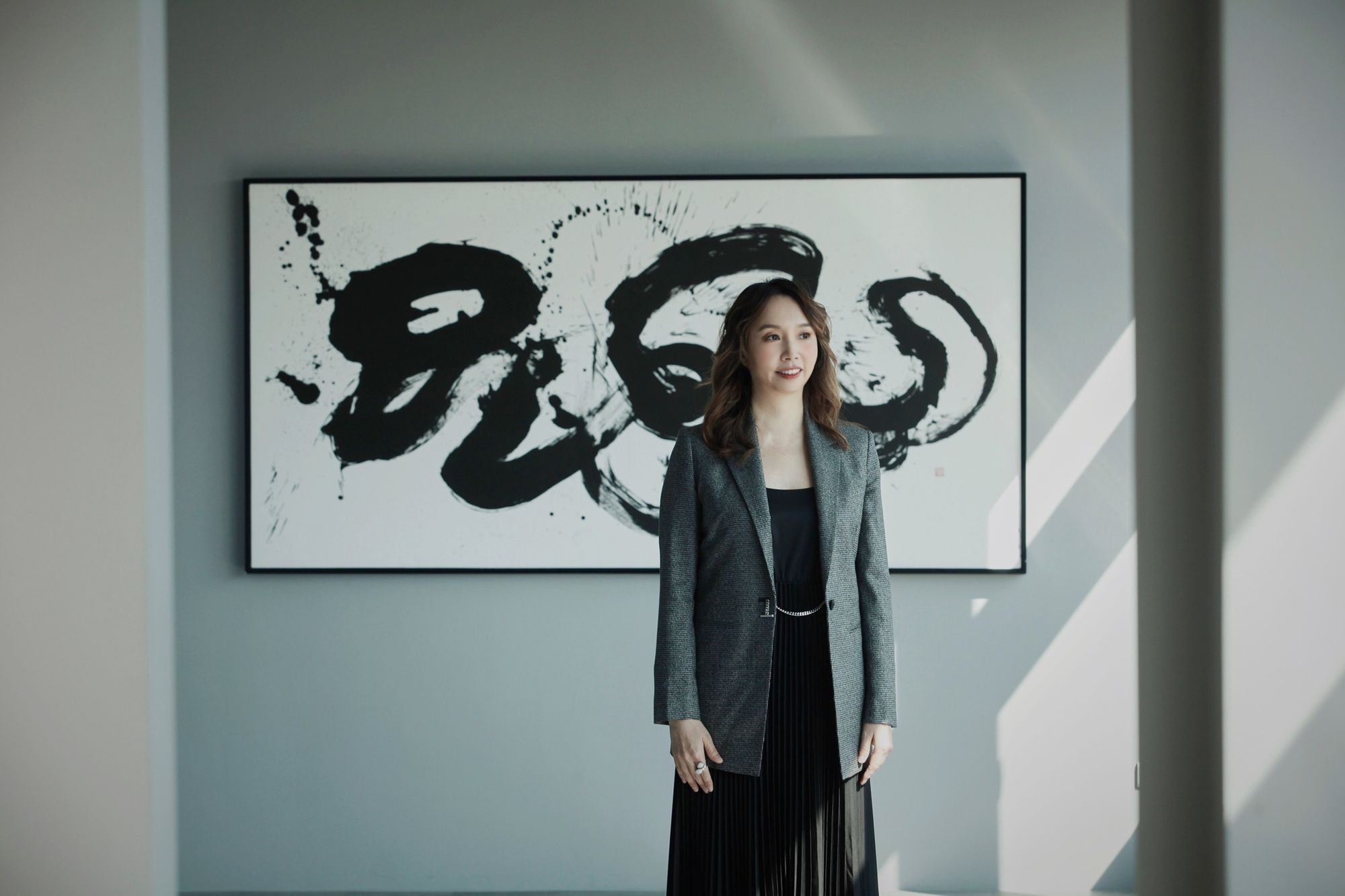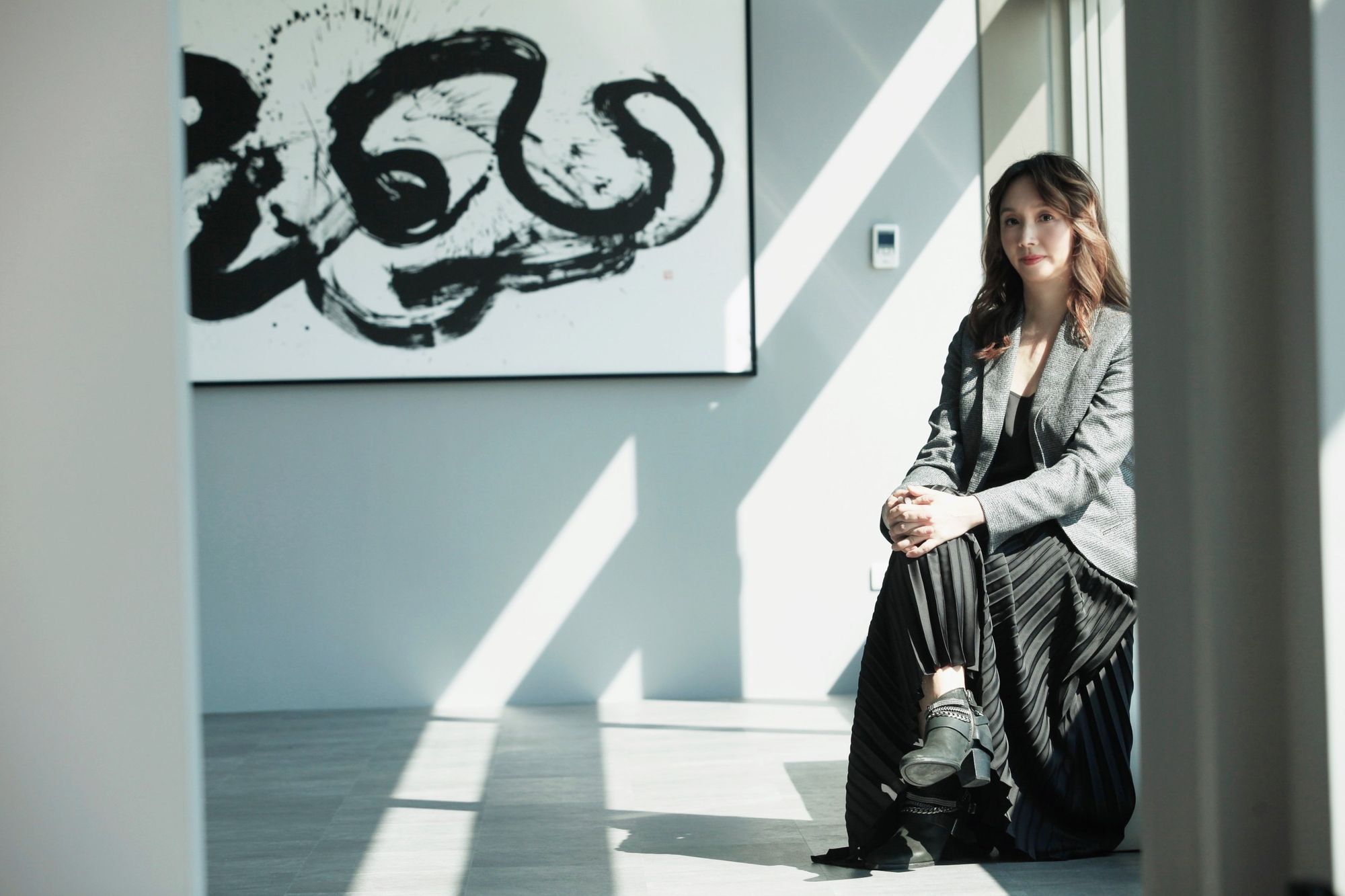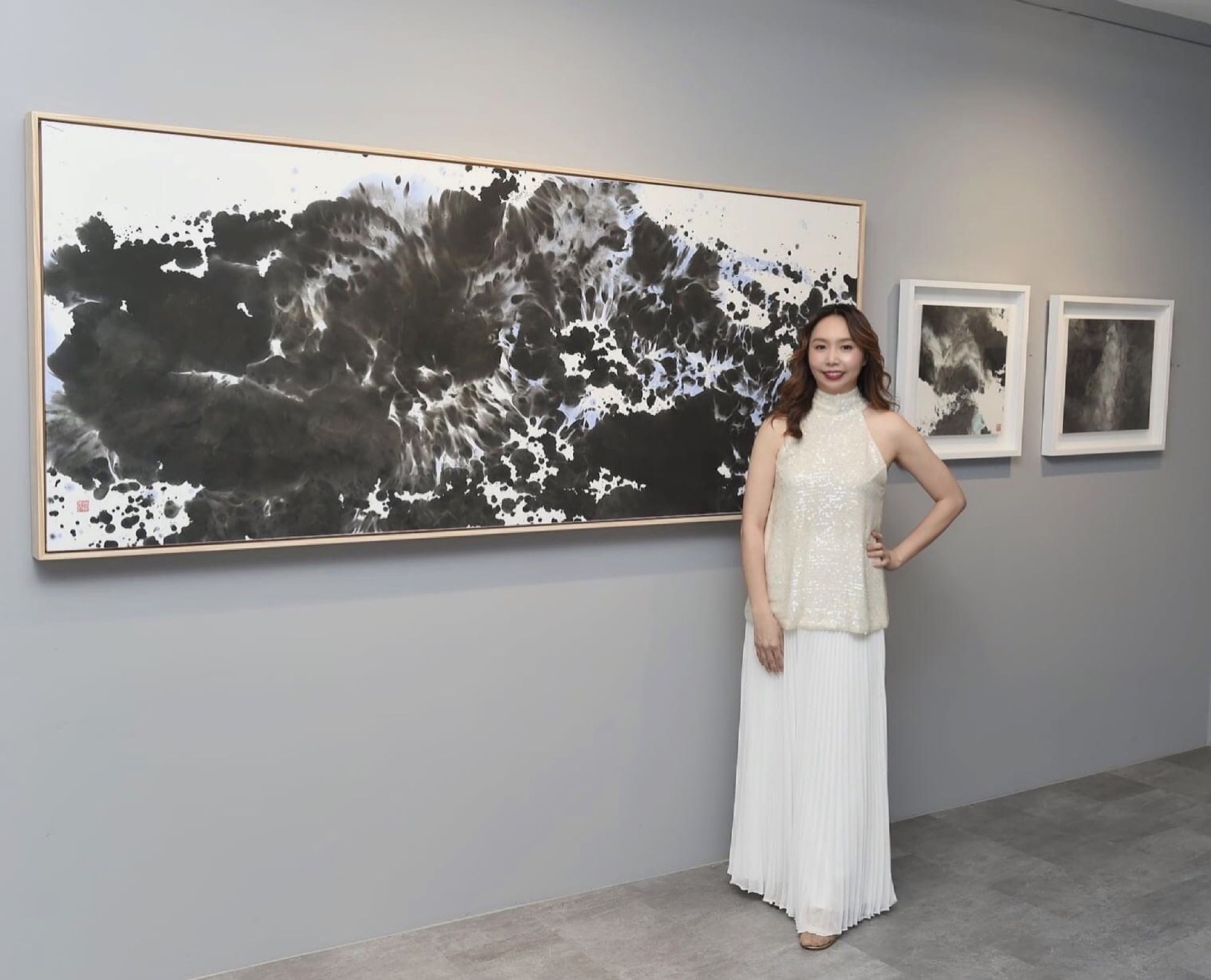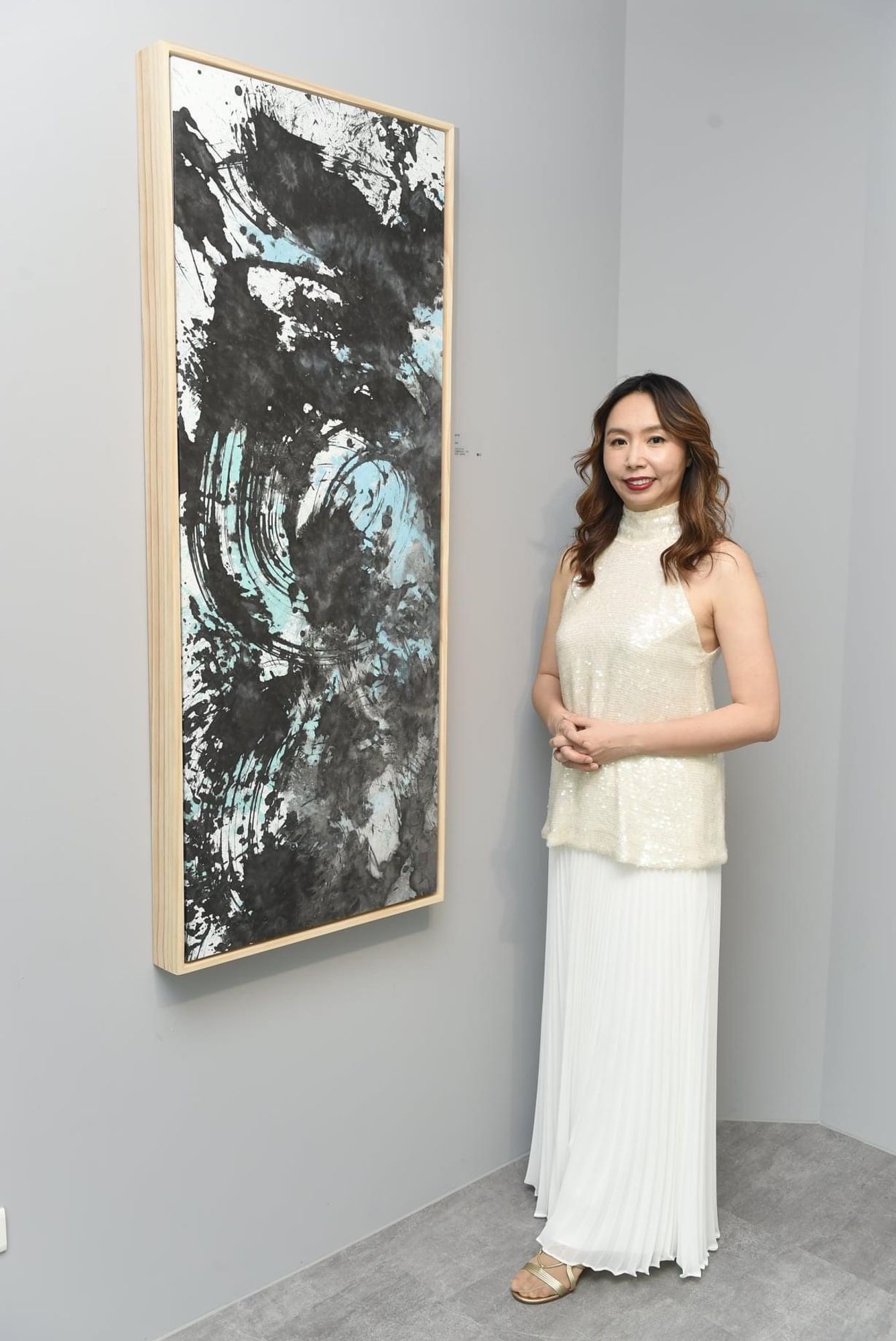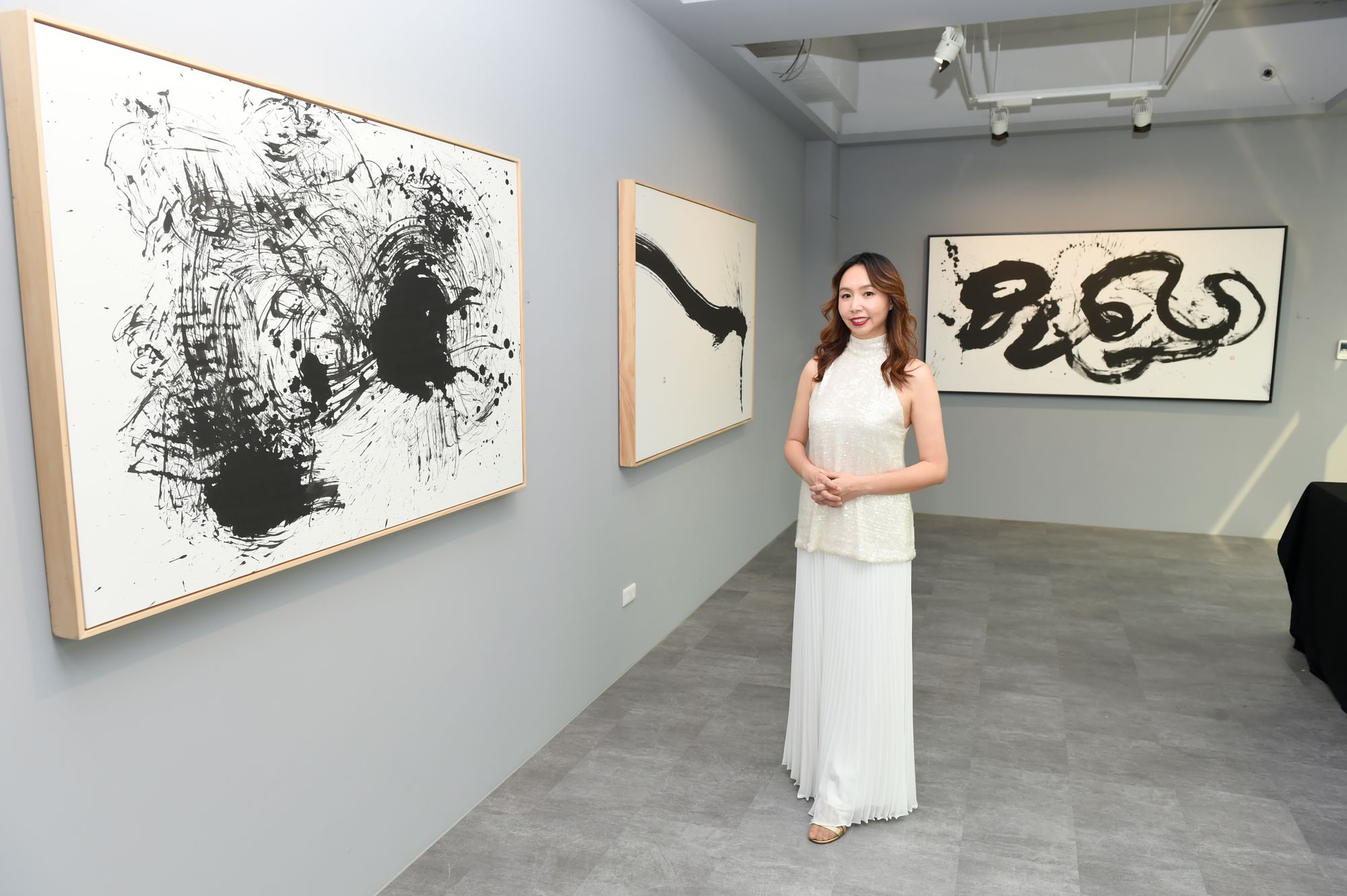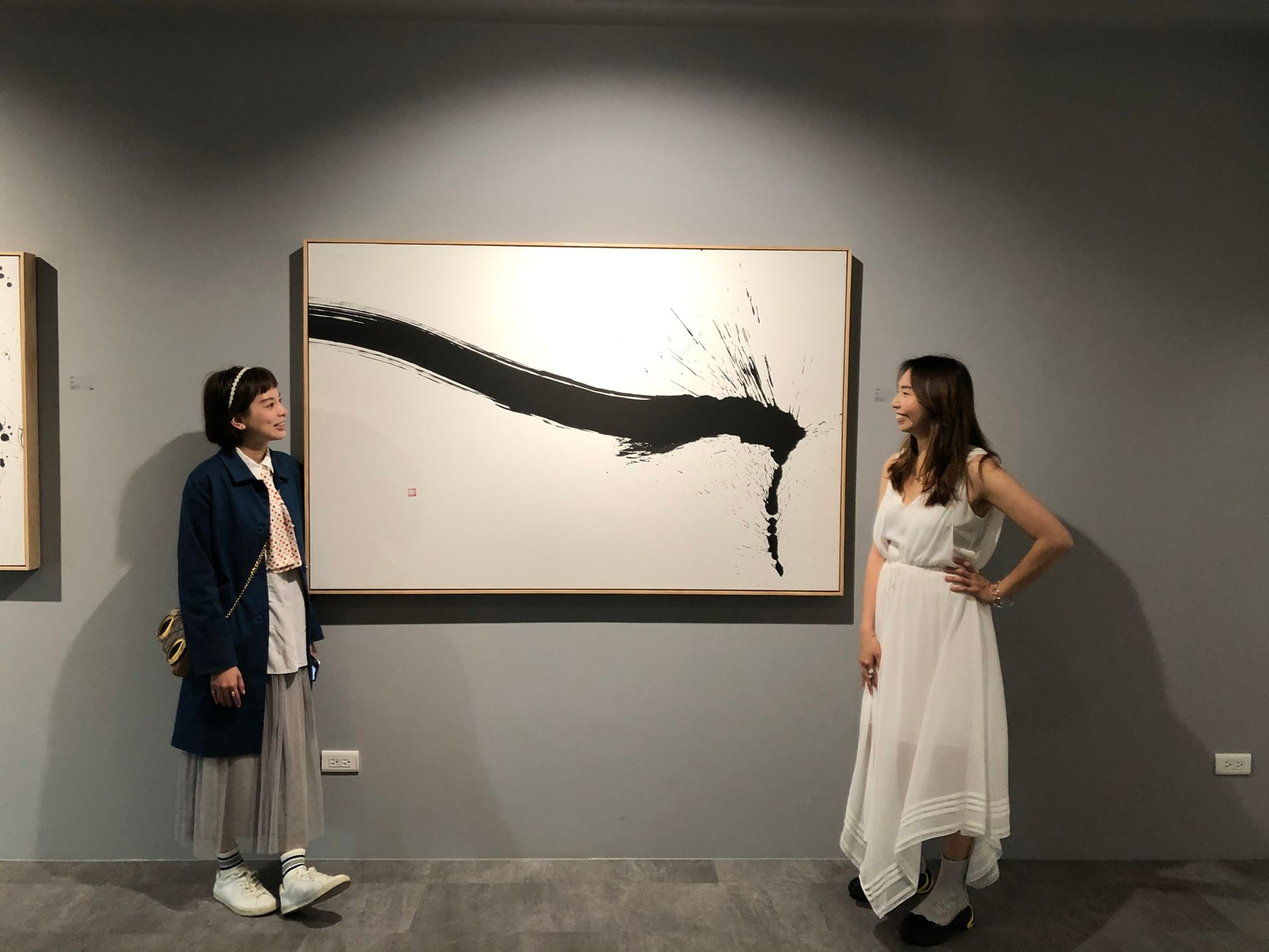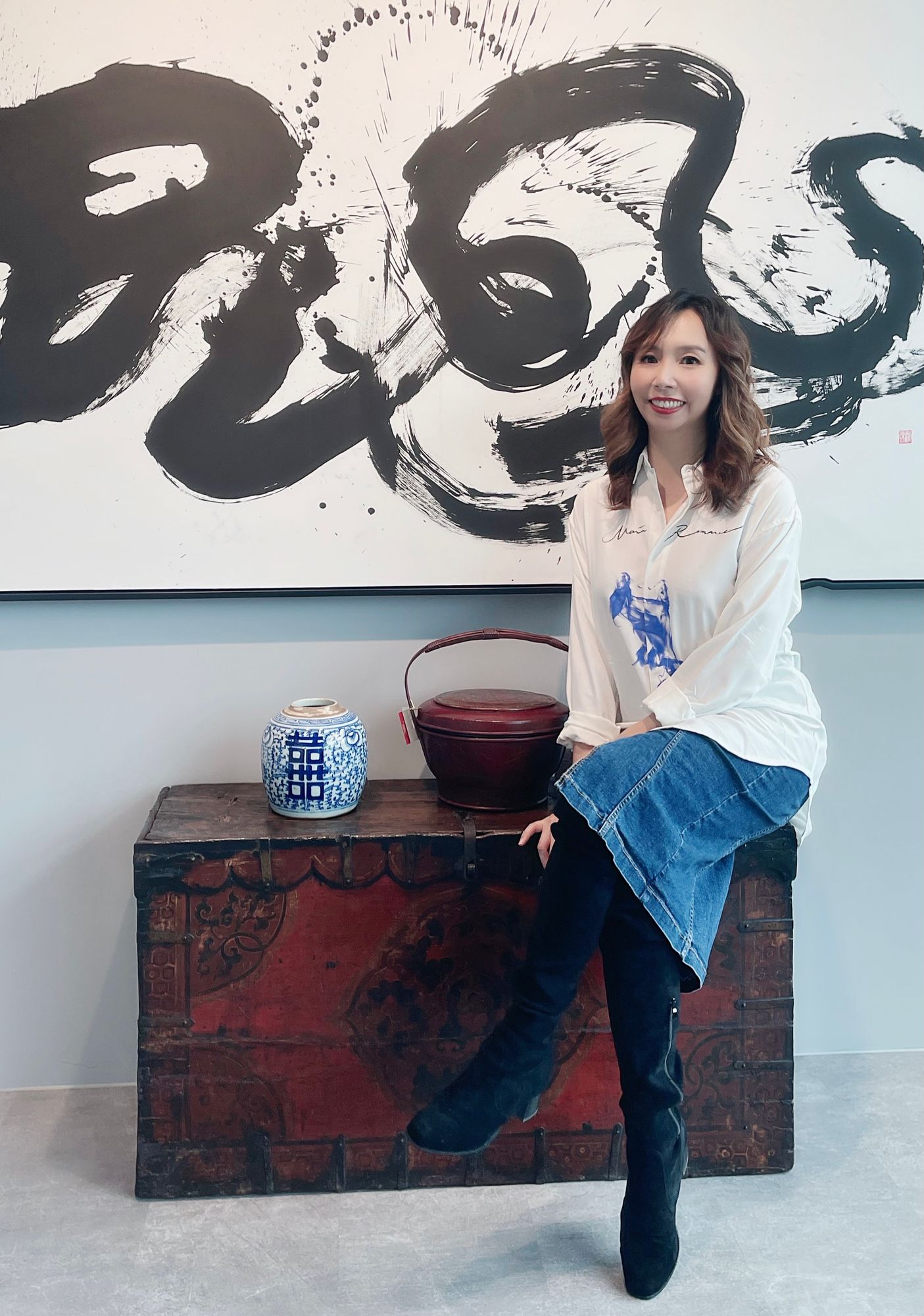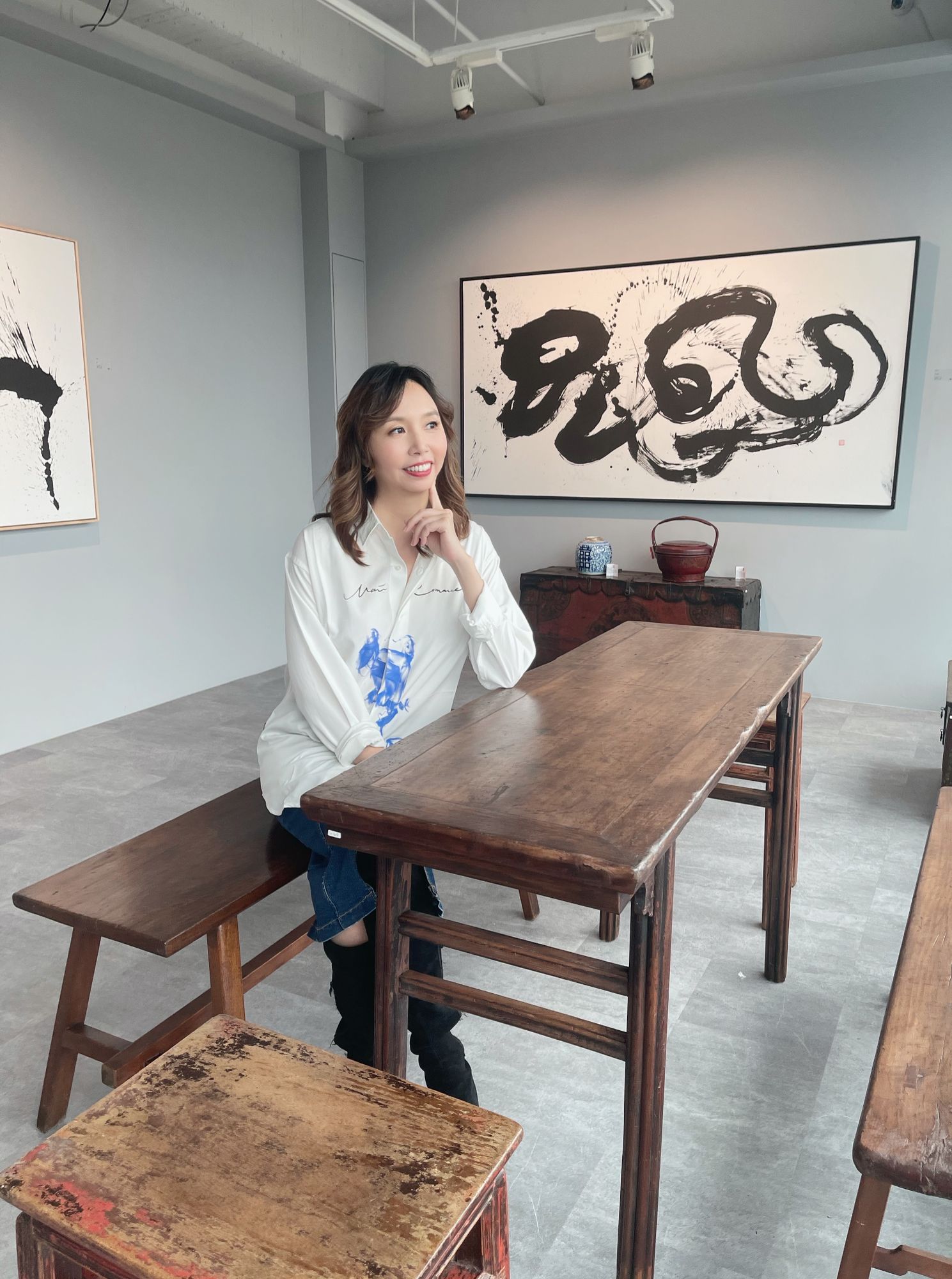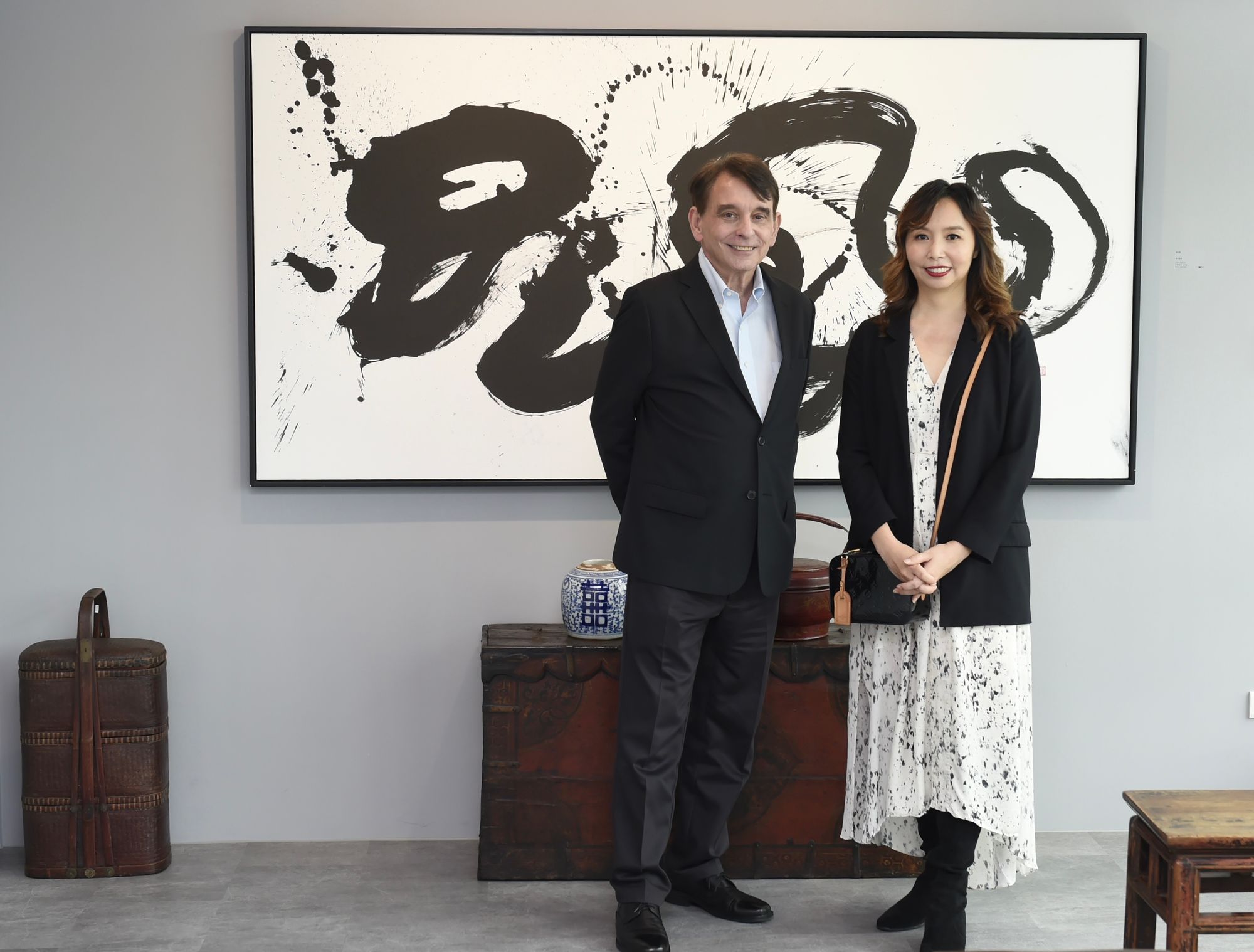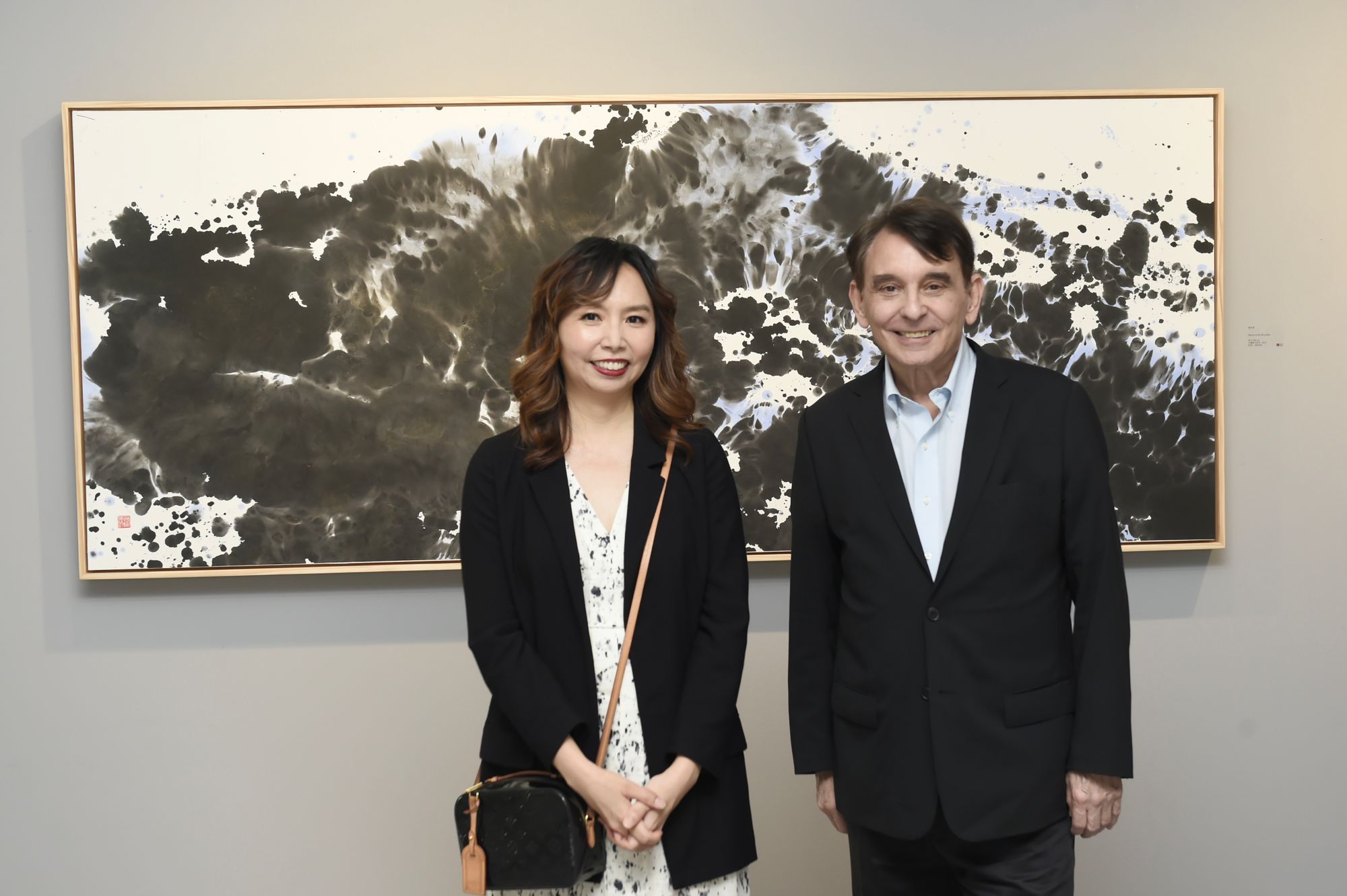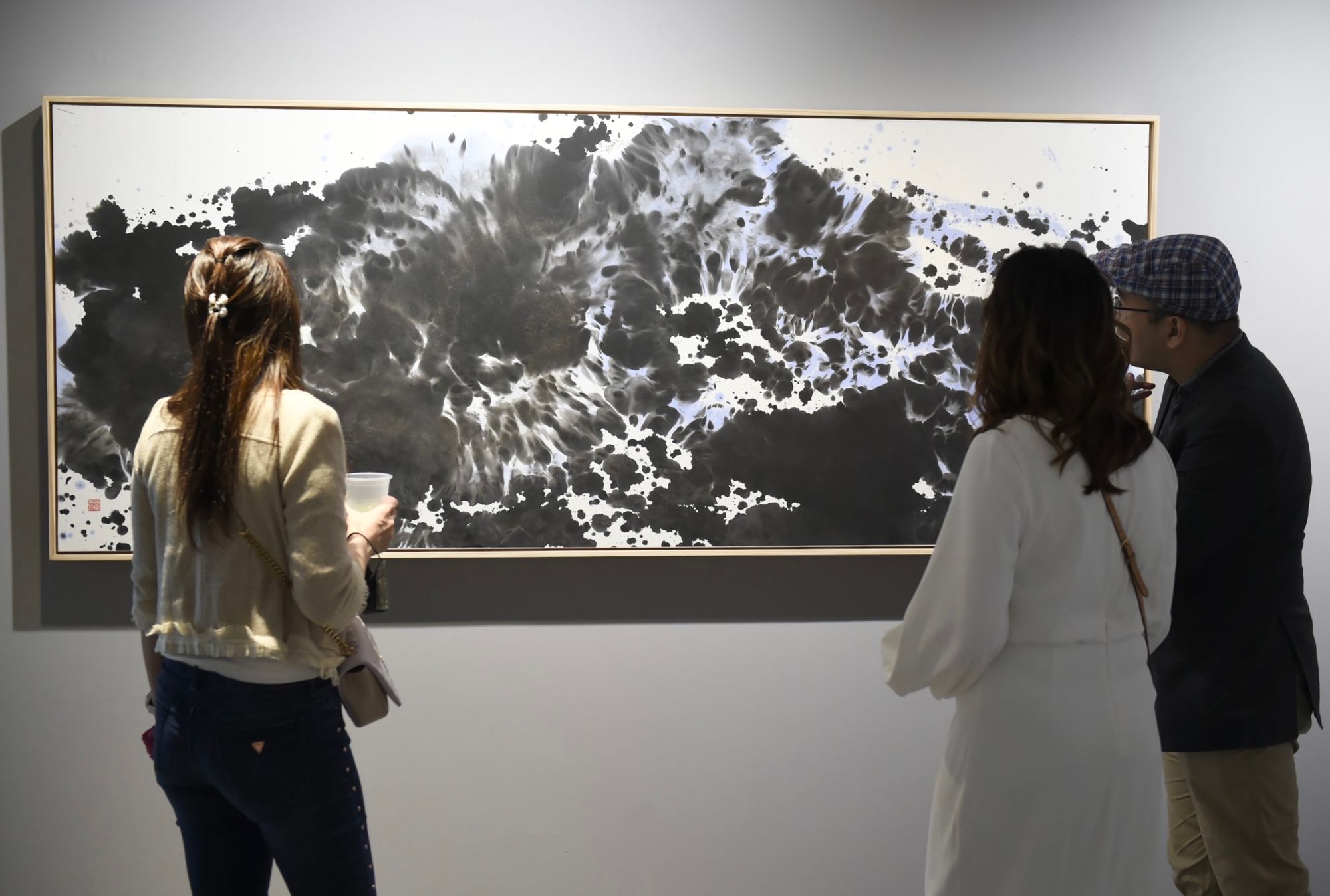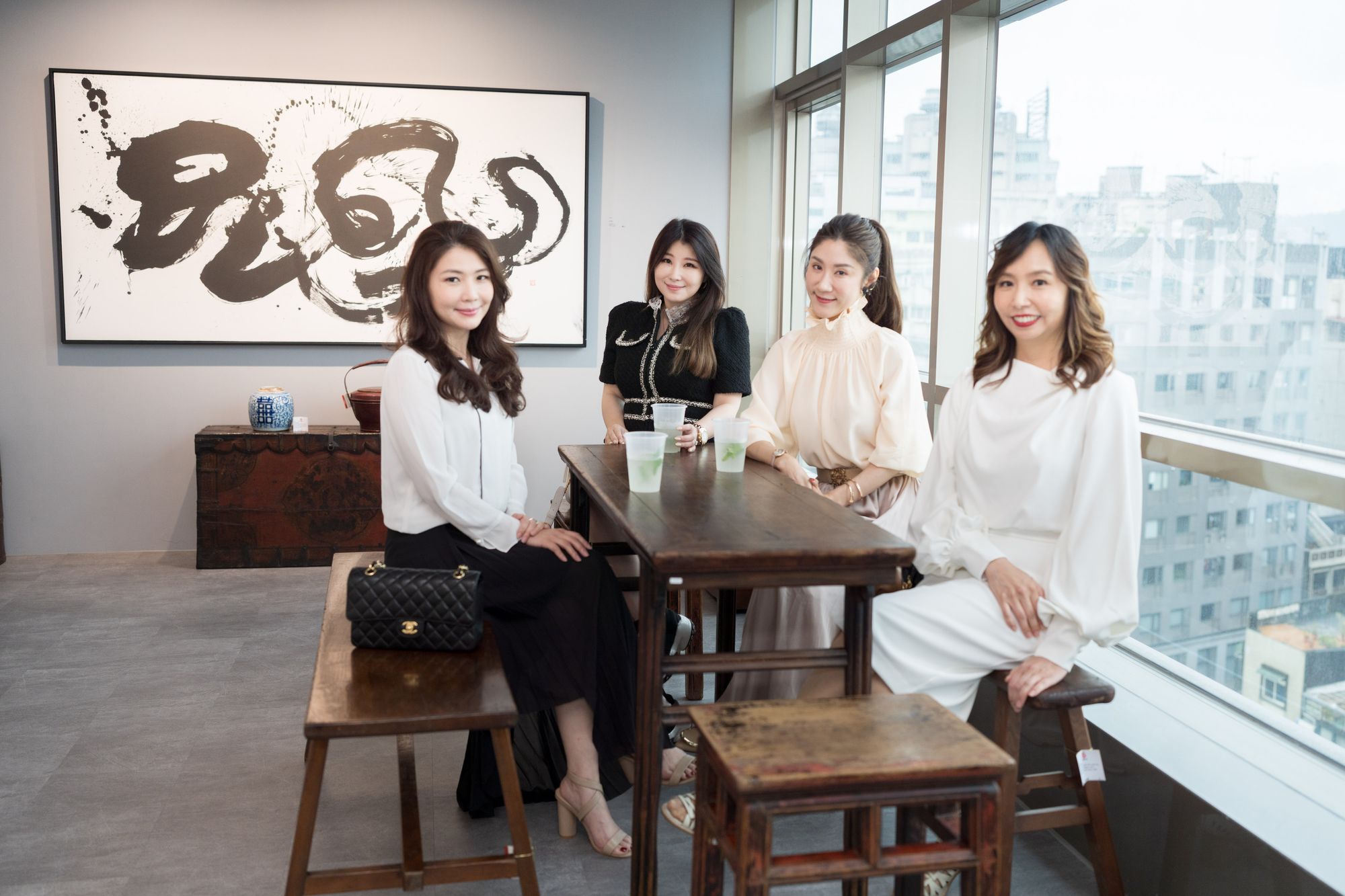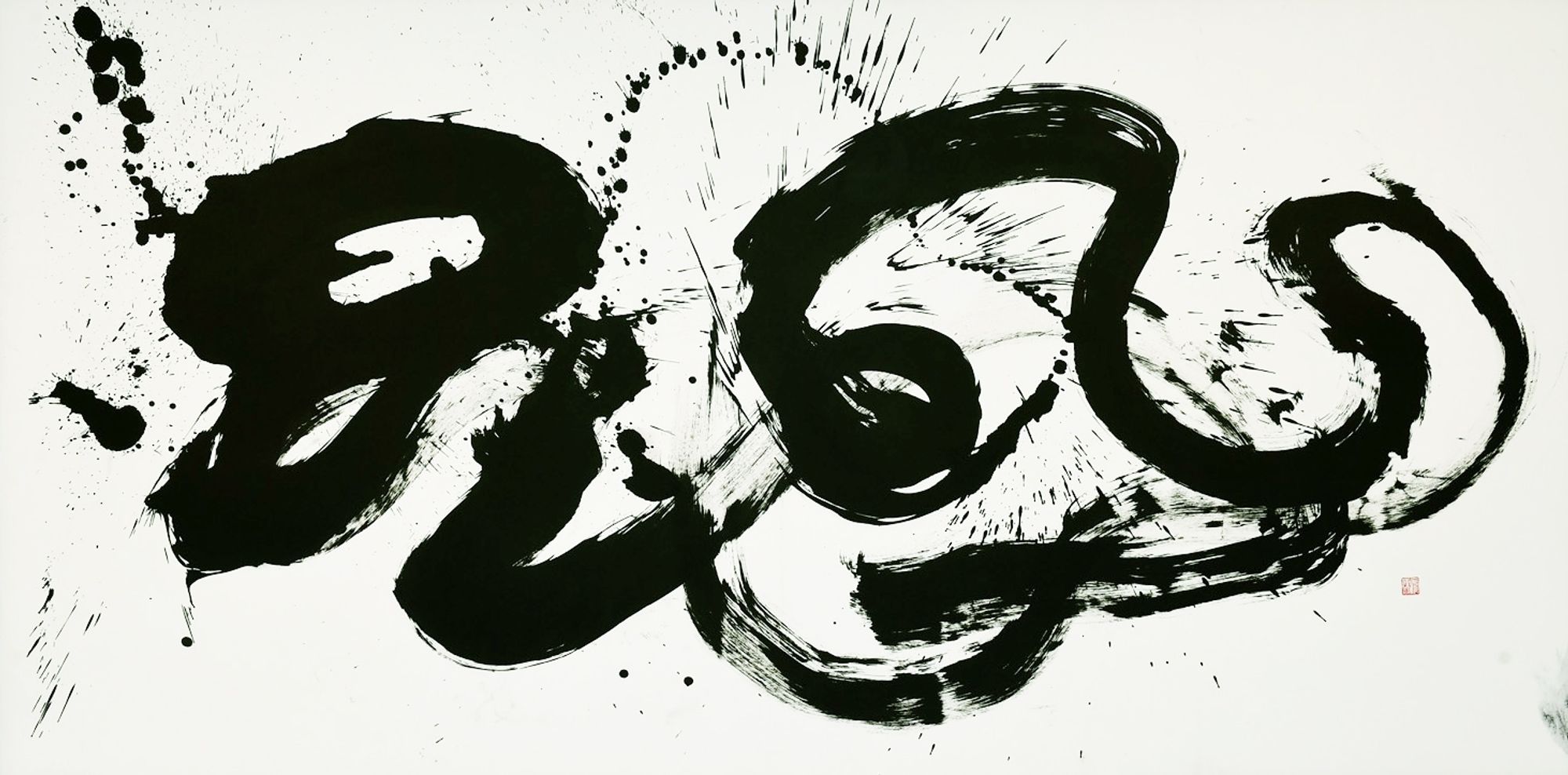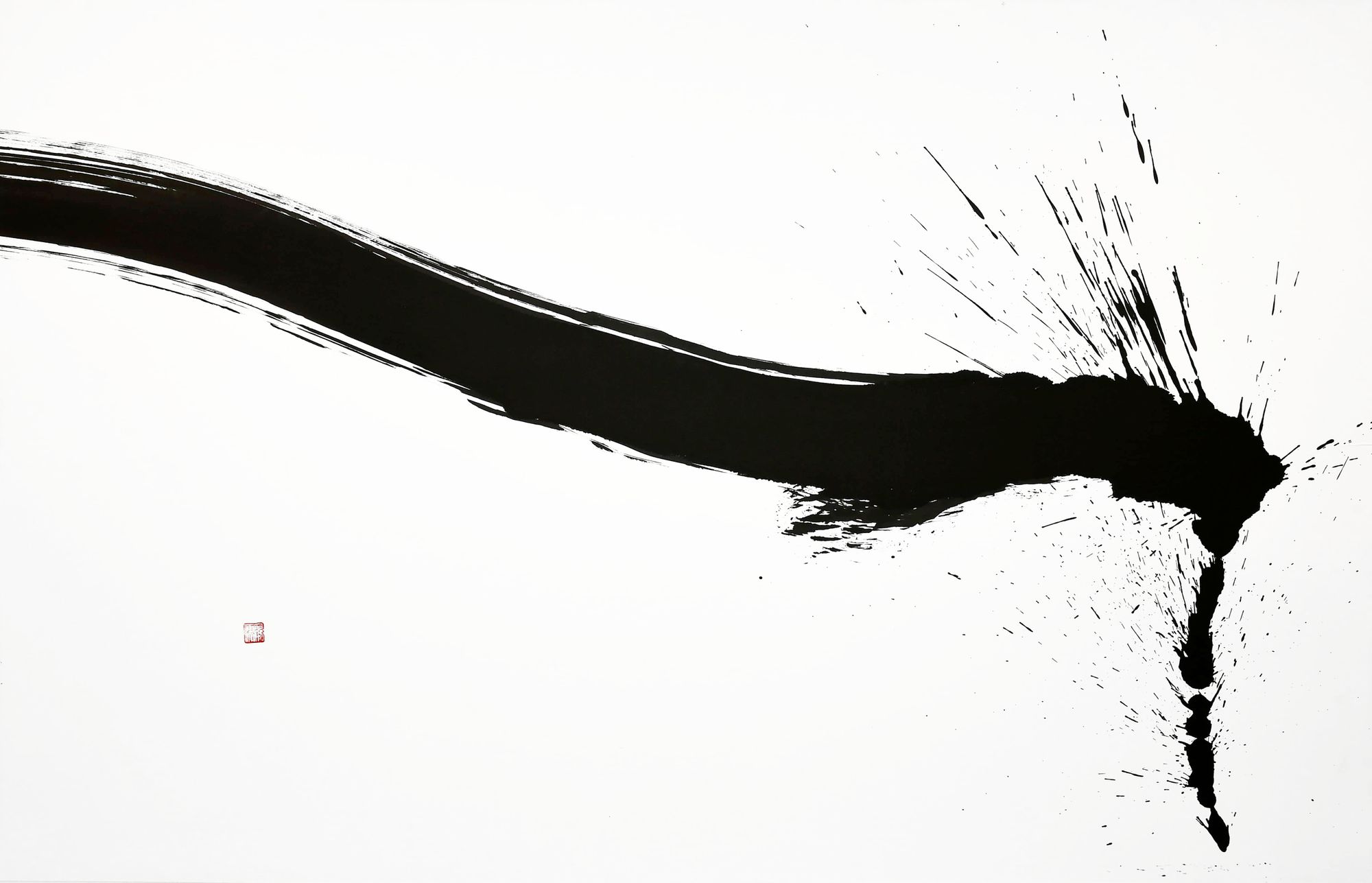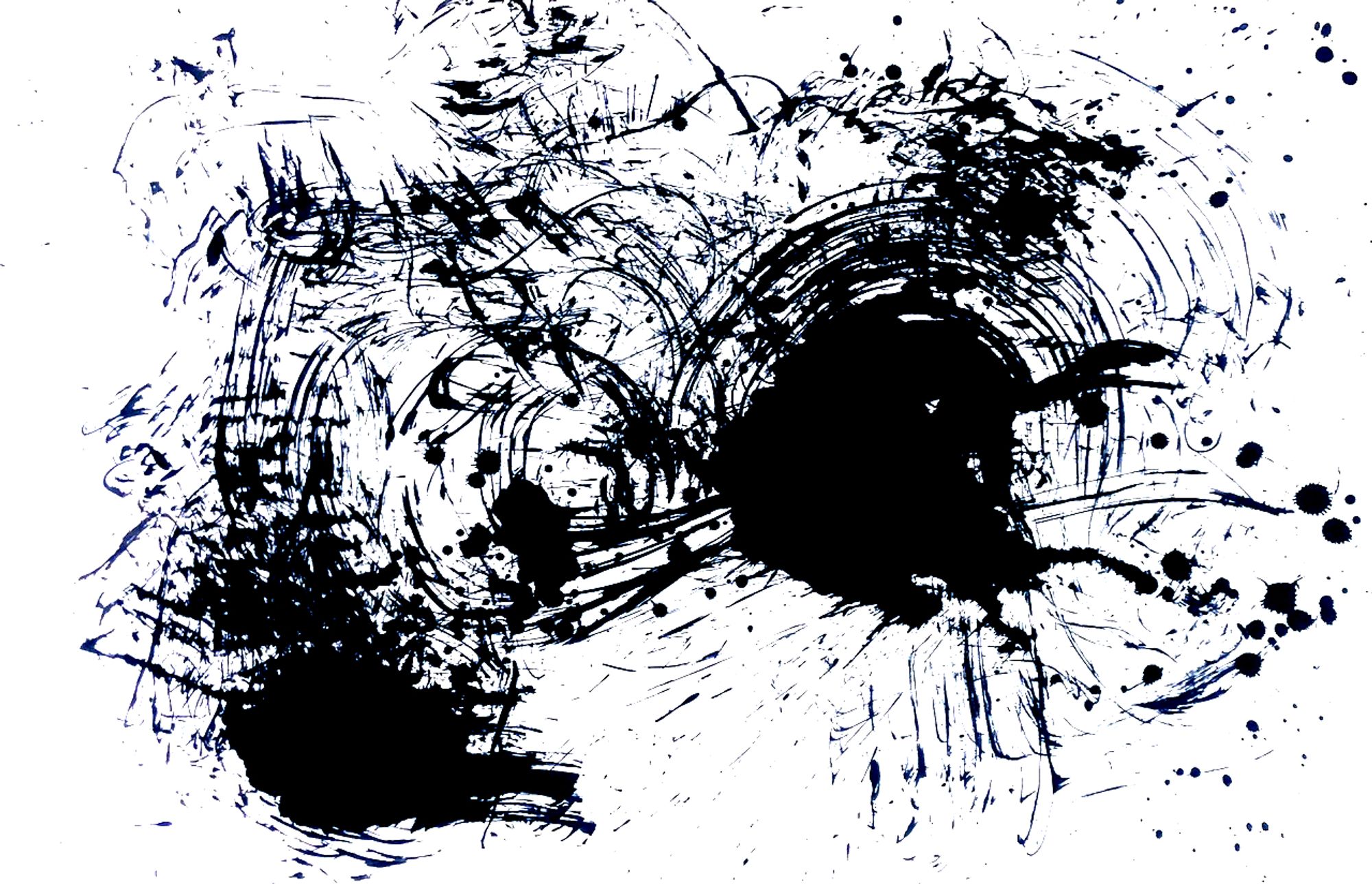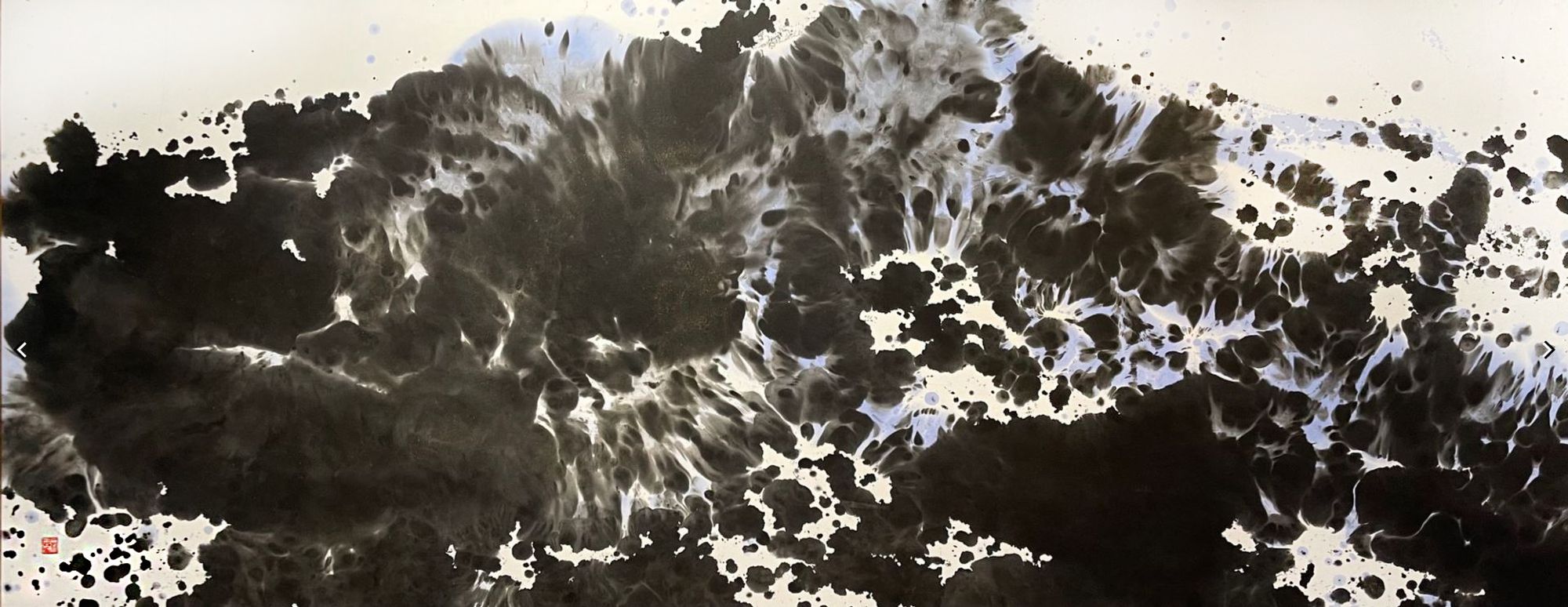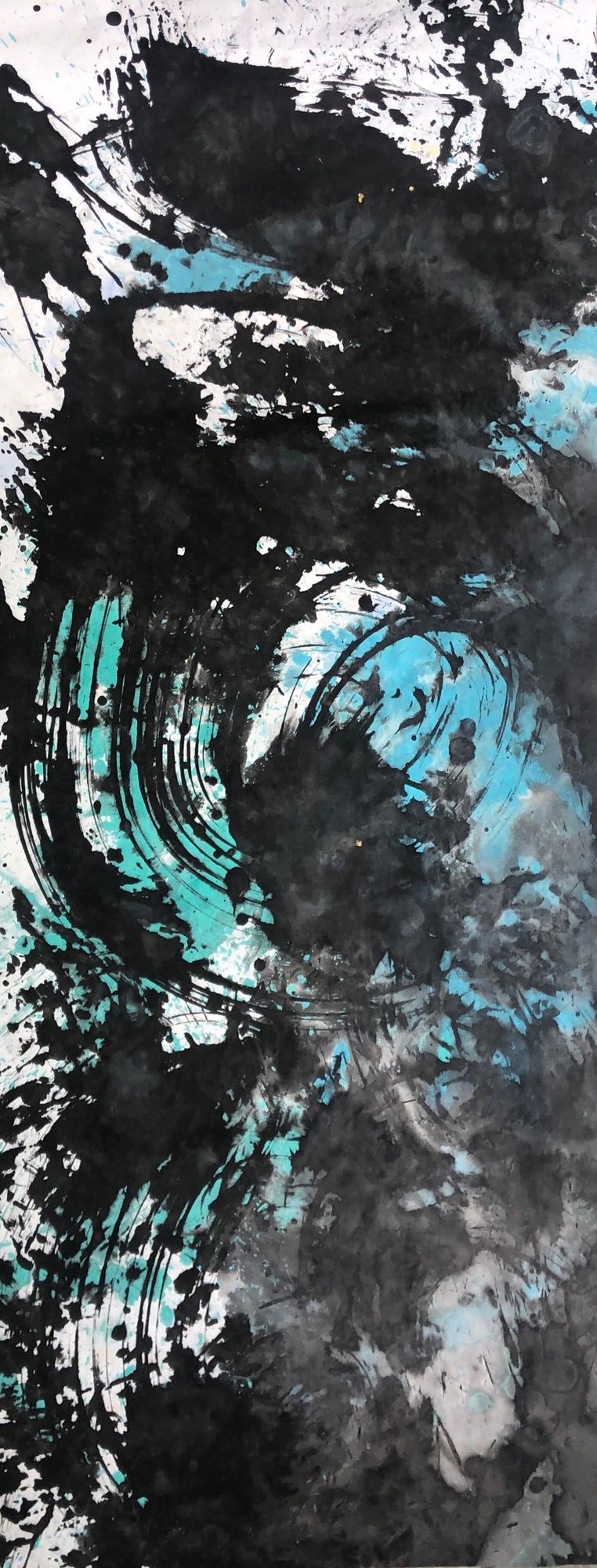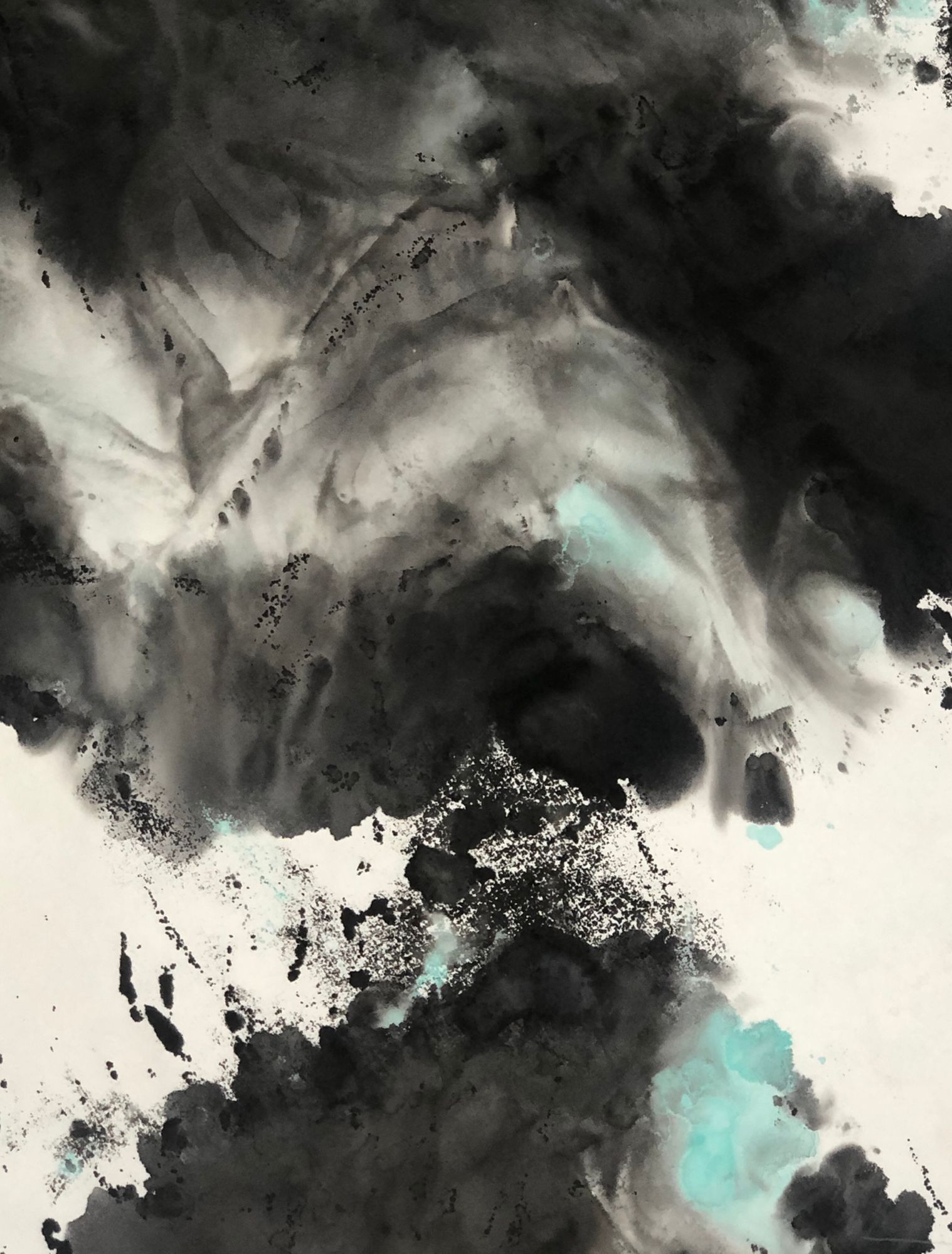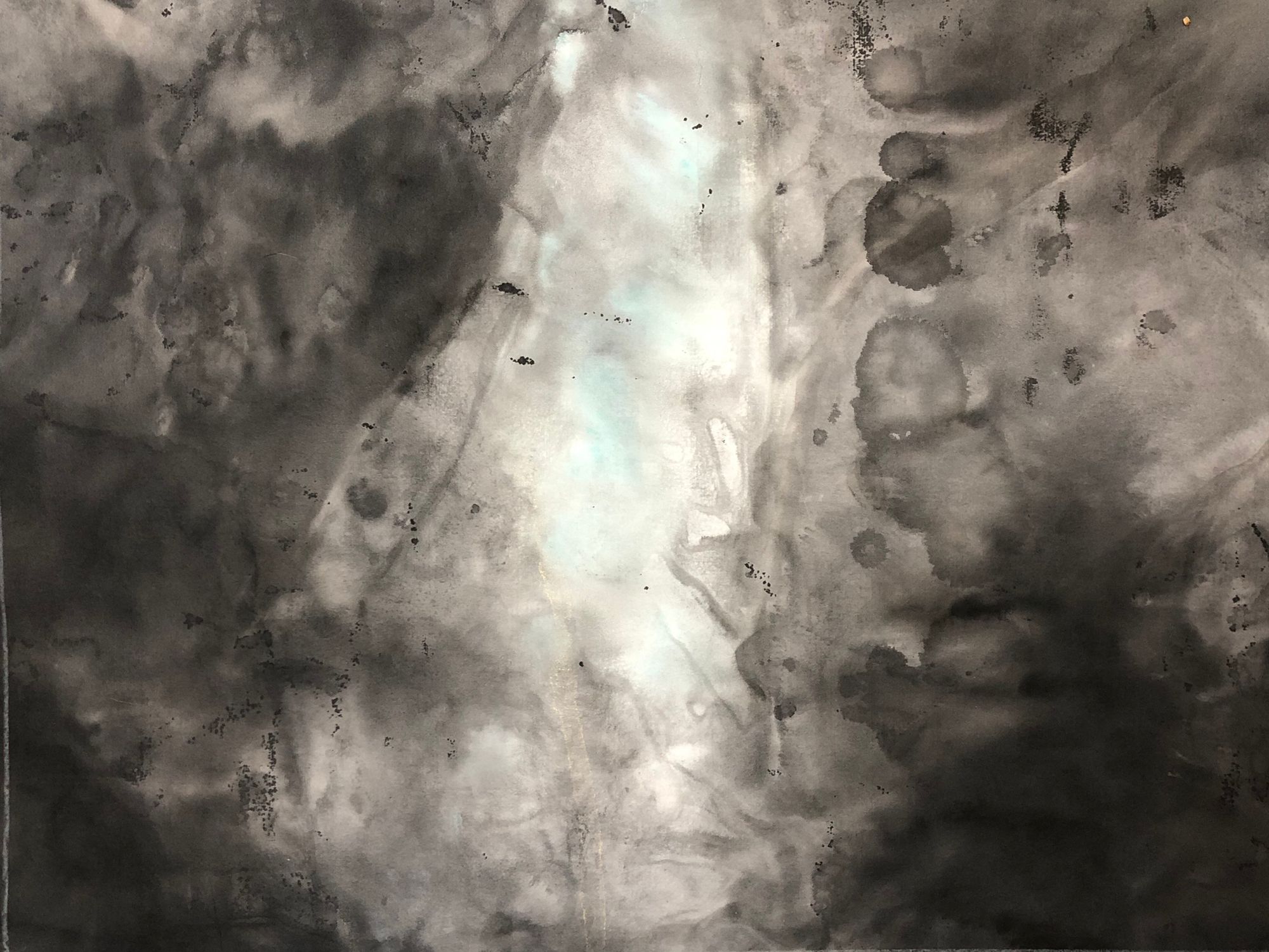Ink . Move Taiwan Contemporary Ink Painting Exhibition
Curator | Wen-Yueh Tao
Creation is like "playing chess." In the process of playing each chess piece, it requires thinking, layout, advancement, adventure, and creation. Of course, there are requirements for winning or losing in chess, but the process of artistic creation is a joy of experimentation and temptation. Yuan Ru Gallery launched a joint exhibition of ink and wash creation from March to May this year. The theme of the exhibition is "Ink · Move", focusing on the topic of landscape painting. It features six contemporary artists: Chien-Hsing Lien, Wen-Yueh Tao, Julie Hsieh, Hui-Ting Peng, Meng-Ru Wei, and Yi-Fen Chen.
"Landscape painting" has always been one of the important categories of Chinese ink painting, and it occupies an important genre that includes "flower and bird paintings" and "figure paintings". When we open the chapters of the history of Chinese painting, we discover that the earliest landscape paintings can be traced back to "You Chun Tu" by Zi-Qian Zhan of the Sui Dynasty, which is now in the Palace Museum in Beijing. This is also the earliest ancient scroll painting found in China today. Prior to this, the subjects of painting were mainly humans and animals, which can be seen from the themes and categories of the Warring States silk paintings, the Han Dynasty stone reliefs, and the relief bricks found in archaeology. It should be said that the birth of landscape painting has allowed us to expand and change the art field. Of course, with the development of landscape painting, as the artist chose different perspectives, the viewing angle changed continuously, such as in "Ping Yuan" and "Gao Yuan." And the "far-reaching" style has also produced different changes in the composition of landscape painting.
Chien-Hsing Lien is a representative painter of contemporary "magic realism" in Taiwan. His style develops from his feelings toward Taiwan’s ruins culture. His oil paintings are full of humanistic, historical, mysterious, and fantasy surreal artistic conceptions, and his ink paintings are no exceptions. The concrete depictions imply a surreal artistic conception, depicting landscapes, and under his meticulous care, present a dreamy field, like a pure land, which, impressively, makes us think about his strange realm.
Wen-Yueh Tao studied in Paris, France in his early years. His creative background was deeply influenced by Western art, but his bones are full of oriental blood. This can be seen from his personal works and collections. In his works, the spirit and elements of the East and the West communicate in a comprehensive way without conflict. He uses abstract brushstrokes and lines to depict the mountains and rivers in his heart, wandering in the space of memory and fantasy, forming his unique creative style.
Julie Hsieh is a cross-domain artist with multiple identities such as a doctor, a vocalist, and a painter. Her creative inspiration comes from life and the environment. Her art is intuitive and full of actionable energy. Her ink works have abstract brush strokes and lines. A deep emotional catharsis, her pen and ink do not follow specific lines but freely sway, the colors blend and conflict to portray true love.
Hui-Ting Peng’s works pursue peace, quietness, and calmness, just like a dialogue with nature. All strokes originate from nature and return to nature. Her lines are poetic and follow the path of the heart to structure the landscape in a pure form. In the space, it feels as if it is not contaminated with any earthly impurities, which arises from her silence and quietness and demonstrate the experienced mysterious vitality of nature.
Meng-Ru Wei's ink works are diverse. What is different from the performance of other ink artists is that she is good at using partial tearing and mounting. She integrates this technique to change the spatial extension between her brush and ink. This interaction between virtual and real space makes the reappearance of landscape brushwork and ink lines full of flattening and far-reaching conflicts. However, everything fits into each other's space so well, forming an interesting landscape artistic conception.
Yi-Fen Chen's attention to the style of ink is related to her background in Penghu. Under observation and performance, the coral reefs with different forms and anthropomorphic shapes are full of personality against the dark ink background. She yearns for the natural landscape, pursues the dialogue between nature and emotion, and seeks a back-to-nature situation from her landscapes.
The ink works of the six artists in this exhibition of "Ink · Move" include traditional ink as a basis and for innovative development. Of course, there are also contemporary experimental collages, or works that develop from alternative images, including four concrete images. The different abstract styles interact well with each other's works as an exchange of artistic energy. Yuan Ru Gallery uses this ink group exhibition to return art to its pursuit of the creative spirit. It plans to continue to pay attention to new ink works and innovations in the future. I believe that in addition to the energy radiated by its artistic works, it will also be able to It arouses alternative deep-seated aesthetic reflections on the use of oriental ink, and let us wait and see what is next in store...
